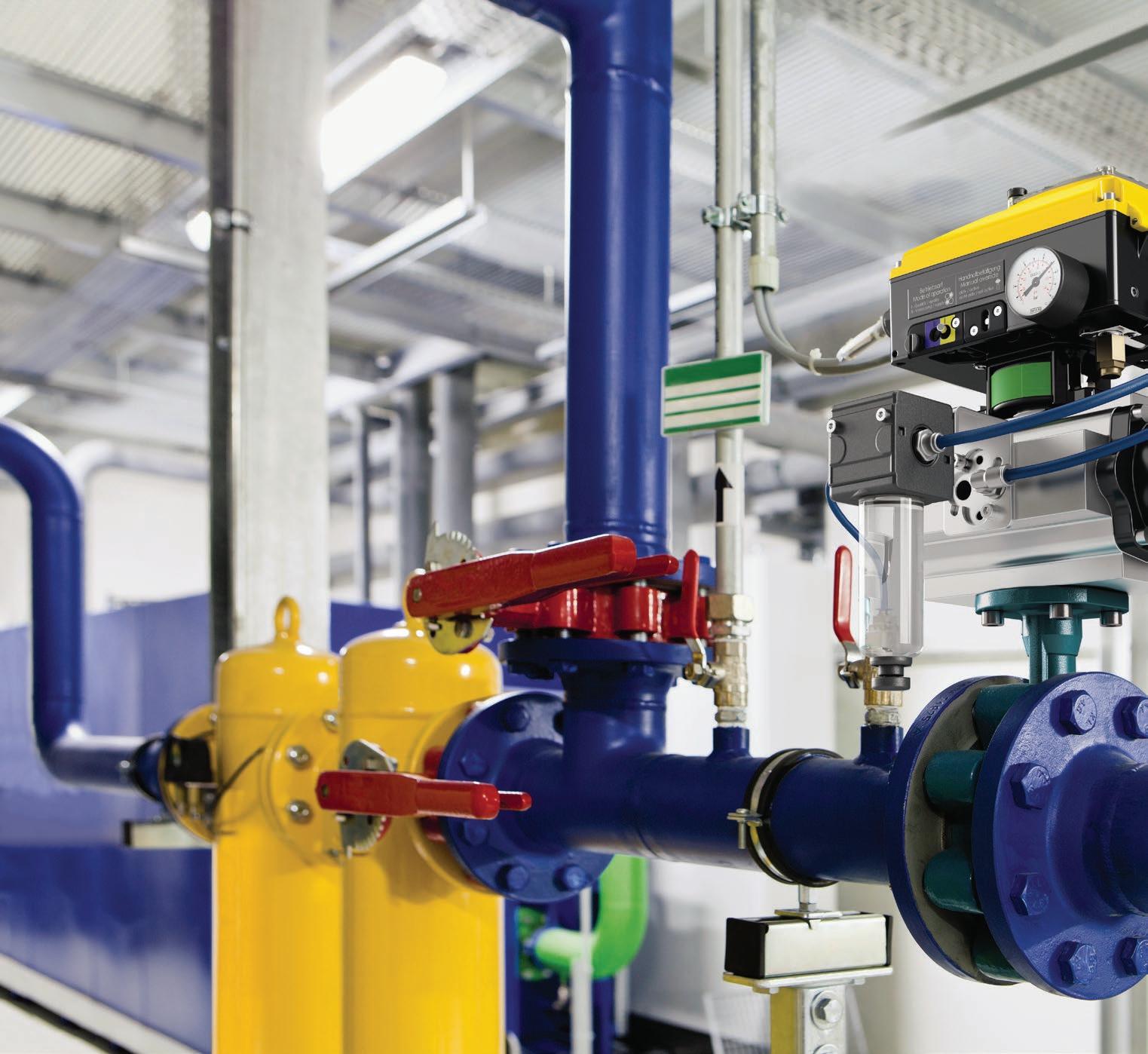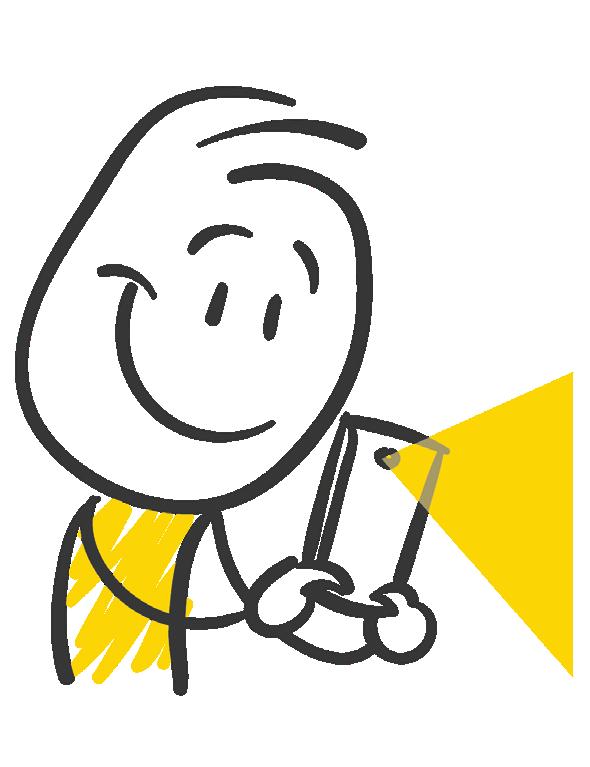
3 minute read
Protecting your investment Presenting the DHS 4.0 series air-main charging systems
your investment Protecting
KAESER Compressors recently launched its latest generation air-main charging systems - the DHS 4.0 series. Featuring enhanced control and function capabilities - including the ability to connect to the SIGMA AIR MANAGER 4.0 - these small but mighty systems not only protects compressed air treatment components, but also help to ensure reliable compressed air quality.
your investment
KAESER Compressors recently launched its latest generation air-main charging systems - the DHS 4.0 series. Featuring enhanced control and function capabilities - including the ability to connect to the SIGMA AIR MANAGER 4.0 - these small but mighty systems not only protects compressed air treatment components, but Are you safe guarding your compressed air quality? Presenting the DHS 4.0 series air-main charging systems
DHS 4.0 series electronic air-main charging systems from KAESER not only provide protection for the compressed air treatment components within a compressed air system, but also help ensure reliable compressed air quality. This even applies following complete shutdown of a compressed air supply system, for example at weekends. In fact, it is here where the DHS 4.0 series truly come into their own.
A compressed air network is often depressurised following periods of downtime. As a result there is no flow resistance from the network pressure when the compressors are started. The compressed air treatment components in a compressed air supply system however, are designed to accommodate the flow rates and speeds that occur in the distribution network when the system is in load operation.
Therefore, without back-pressure present, there is the risk that filter and dryer components may become ‘overwhelmed’ by the sudden surge in airflow that occurs when the system re-starts. This can lead to filter element damage and to a raised pressure dew point in the refrigeration dryer. As a result, contaminants such as oil, particulate matter and humidity are introduced into the pipe distribution network and the process air.
DHS 4.0 series electronic air-main charging systems from KAESER eliminate these risks by guaranteeing necessary minimum pressure, which consequently ensures smooth network start-up and safe operation of the compressed air station. They also prove highly useful during system operation - and are even essential for stations with multiple treatment lines - because they help assure consistently high compressed air quality.
If for example, a fault occurs with a dryer or a filter, the air-main charging system is able to shut down and isolate the affected treatment line. This not only assures consistent air quality, but also safeguards the pipe distribution network and the air consumers in the production facility.
Moreover, this protection saves money: it minimises the burden on compressed air treatment components, air receivers and pipe networks and also prevents surge loads caused by large changes in pressure from occurring. This consequently enables long service life, which in turn leads to considerably reduced costs.
Control and function capabilities have been extended with these next generation models: The air-main charging system can be easily adjusted to accommodate specific production periods and can be opened or closed, for example, via the controller’s timer function. The realtime display keeps the user informed of operational status at all times.
In addition to the stand-alone capabilities of the DHS 4.0, a SIGMA Network connection now means that like all other station components, it can be connected to the SIGMA AIR MANAGER 4.0 master controller for input and visualisation. All relevant information, such as pressure measurement values or status indicators, is shown in real-time and is formatted for cross-machine communication.
This allows the user to take full control of their compressed air system to assure maximum compressed air supply dependability.


Scan the code to learn more







